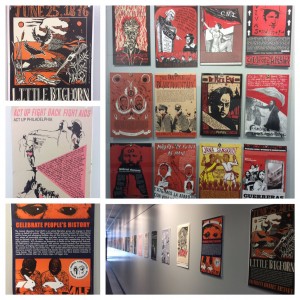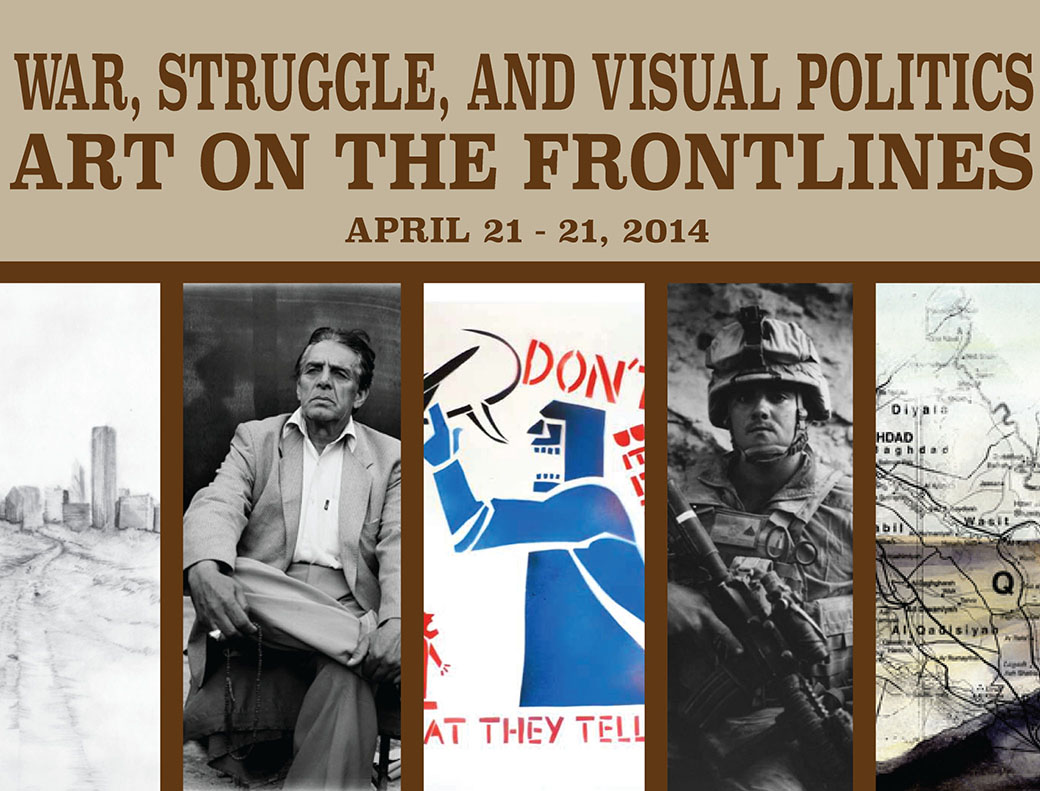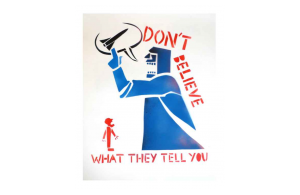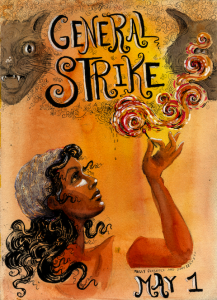 Currently on display at the Thomas J. Dodd Research Center, a recently acquired set of Celebrate People’s History Poster Series from the Justseeds artists cooperative. The Archives & Special Collections has added this poster series to its collection because of the strong linkages to the Alternative Press Collection which contains posters, flyers, pamphlets and newspapers about the movements depicted in the series.
Currently on display at the Thomas J. Dodd Research Center, a recently acquired set of Celebrate People’s History Poster Series from the Justseeds artists cooperative. The Archives & Special Collections has added this poster series to its collection because of the strong linkages to the Alternative Press Collection which contains posters, flyers, pamphlets and newspapers about the movements depicted in the series.
This collection was organized and curated by Justseeds founder Josh MacPhee for distribution to all corners of public and social spaces:
“The Celebrate People’s History posters are rooted in this do-it-yourself tradition of mass-produced and distributed political propaganda, but detoured to embody principles of democracy, inclusion, and group participation in the writing and interpretation of history. It’s rare today that a political poster is celebratory, and when it is, it almost always focuses on a small canon of male individuals: MLK, Ghandi, Che, or Mandela. Rather than create another exclusive set of heroes, I’ve generated a diverse set of posters that bring to life successful moments in the history of social justice struggles. To that end, I’ve asked artists and designers to find events, groups, and people who have moved forward the collective struggle of humanity to create a more equitable and just world. The posters tell stories from the subjective position of the artists, and are often the stories of underdogs, those written out of history. The goal of this project is not to tell a definitive history, but to suggest a new relationship to the past.
CPH posters have been pasted up in the streets of over a dozen cities. Each time I receive emails from people wanting to know more. Our streets can be a venue for asking these questions, and the CPH posters can play a role in answering them. Soon after the first poster was printed, educators began asking for posters for their classrooms. It’s been great to see the posters become part of curriculum, and to see lessons built around them. Once when giving a talk about CPH, I was approached by a student in training to become a teacher. She was first introduced to the posters when they hung in one of her grade school classrooms, almost a decade earlier. Now she intends to use them in her future classes. I hope that these posters can continue to act as some small corrective to the dominant narratives told in schools, and that more teachers engage students in alternative ways of understanding the past.”
This exhibition will be up in the Thomas J. Dodd Research Center from February 1st – April 15th, 2016.



